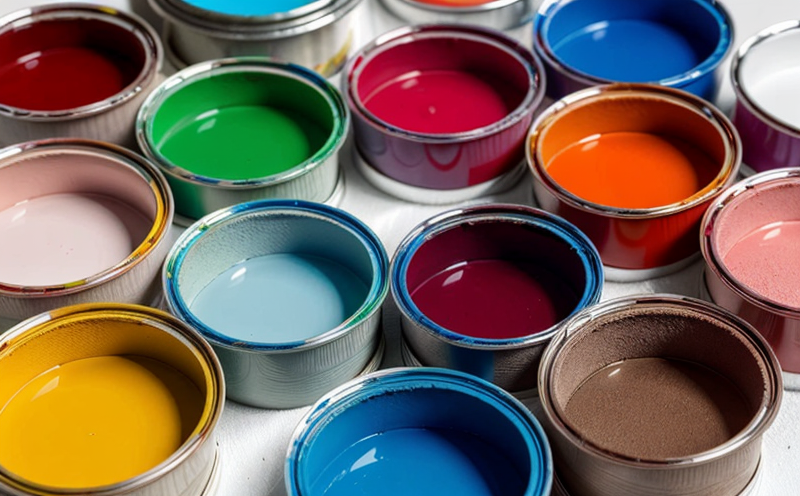DIN EN 71-3 Chemical Analysis of Toy Coatings
The DIN EN 71-3 standard is a crucial component in the safety assessment of toys and materials used in their production. This section focuses on the chemical analysis of toy coatings, which are often the first point of contact for children using these products.
Compliance with this standard ensures that toys meet strict European Union (EU) requirements for the safety of children. The tests outlined in DIN EN 71-3 aim to ensure that materials used in toys do not contain harmful substances, such as heavy metals or volatile organic compounds (VOCs), which could pose a risk if ingested, inhaled, or otherwise come into contact with a child.
The standard applies primarily to coatings and surface treatments of toys. This includes paints, varnishes, lacquers, and any other materials that are applied to the toy's surfaces. The tests ensure that these materials meet safety criteria for release of elements, including heavy metals like lead, cadmium, chromium, and mercury.
Testing is performed on various parts of the toy where a child might come into contact with or consume paint or coating. This includes the mouth area, which is why rigorous testing methods are used to ensure no harmful substances are present. The standard also covers potential hazards from solvents and other volatile materials that may be released during use.
The process involves detailed laboratory analysis of the toy's surface coatings using advanced analytical techniques such as Inductively Coupled Plasma Mass Spectrometry (ICP-MS) for metal content, and Gas Chromatography-Mass Spectrometry (GC-MS) for VOCs. These methods provide precise quantification to ensure compliance with safety limits specified by DIN EN 71-3.
Preparation of the samples involves careful cleaning and conditioning of the toy parts according to standardized procedures outlined in the standard. This ensures that any external contaminants do not interfere with the test results, providing accurate and reliable data for regulatory approval.
The findings from these tests are critical in ensuring toys meet EU safety regulations. Compliance is mandatory for all toys sold within the EU, making this testing service essential for manufacturers and importers.
Applied Standards
| Standard | Description |
|---|---|
| DIN EN 71-3:2019-06 | Covers the requirements for chemical analysis of toy coatings. |
| ISO/IEC 17025 | Absorbed by DIN EN 71, ensuring laboratory quality and reliability. |
Industry Applications
- Ensuring compliance with EU toy safety regulations.
- Preventing recalls due to non-compliance with chemical testing standards.
- Protecting brand reputation by maintaining high product quality and safety.
- Paving the way for export of toys to EU markets.
- Toys, including soft toys, construction sets, and electronic devices.
- Materials used in toy manufacturing such as paints, varnishes, and lacquers.
Customer Impact and Satisfaction
- Peace of mind for parents knowing their children's toys are safe.
- Increased market access to the EU.
- Enhanced brand image through adherence to stringent safety standards.
- Reduction in liability risks associated with unsafe products.
- Improved efficiency in product development and quality assurance processes.





